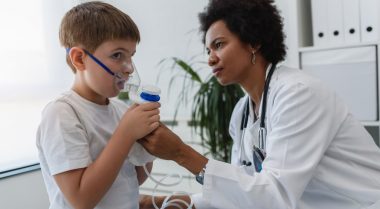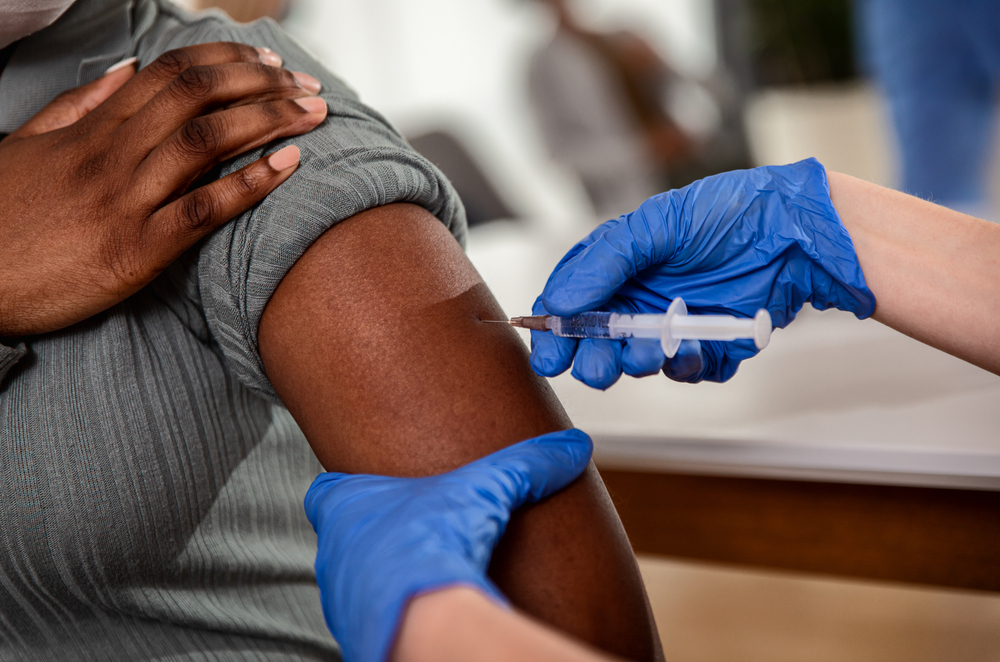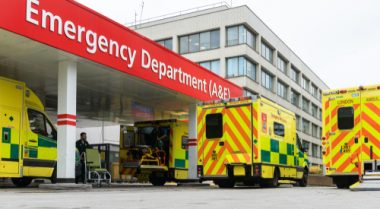At least a third of all children and young people in the UK are thought to have been infected with SARS-CoV-2 (COVID-19). The vast majority have mild or no acute symptoms and research has focused on the low number of children and young people hospitalised with COVID-19 and the rare deaths. However, hospitalisation is not the only measure of health after COVID-19 infection and focusing only on acute severe COVID-19 may risk missing a burden of unseen illness. Considering the large numbers infected, even a small increase in subsequent healthcare use in children and young people after COVID-19 infection would result in a significant healthcare burden.
We want to find out what the true burden of healthcare use in children and young people due to COVID-19 is. To answer this, we will bring together data from GPs and hospitals on all children and young people in Scotland and Wales, and approximately 4.8 million across England. We will use state-of-the-art computing approaches to map out patterns of children and young people healthcare use before and after admission/infection with COVID-19, and compare them with uninfected children and young people. We will compare healthcare use for children and young people across four groups:
- Those with no evidence of COVID-19 infection
- Those infected with COVID-19 but not admitted
- Those discharged after admission with COVID-19
- Pre-infection healthcare use for groups 2 + 3
These comparisons will discover whether healthcare use is because of COVID-19, or because of previous underlying health problems. Predicting how much additional healthcare children and young people have needed after COVID-19 infection will identify individuals requiring more support after infection/discharge as well as guide service planning and inform vaccination policy.



